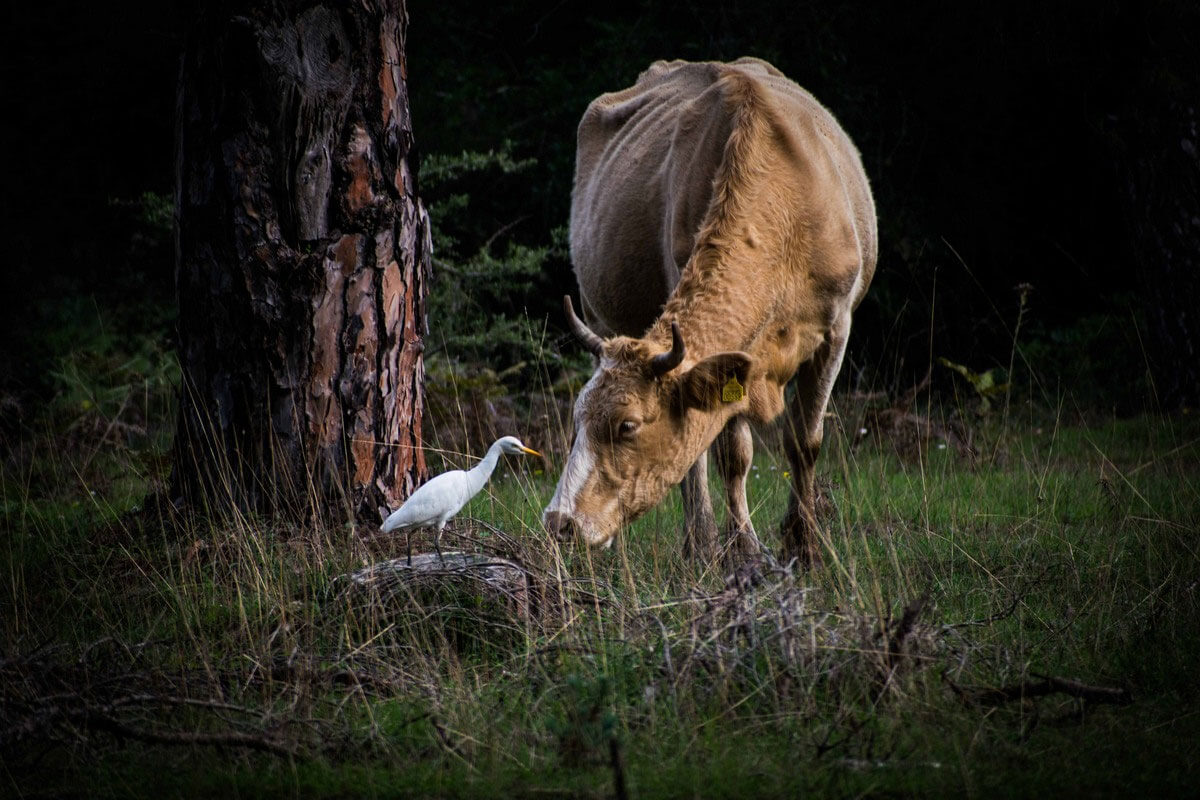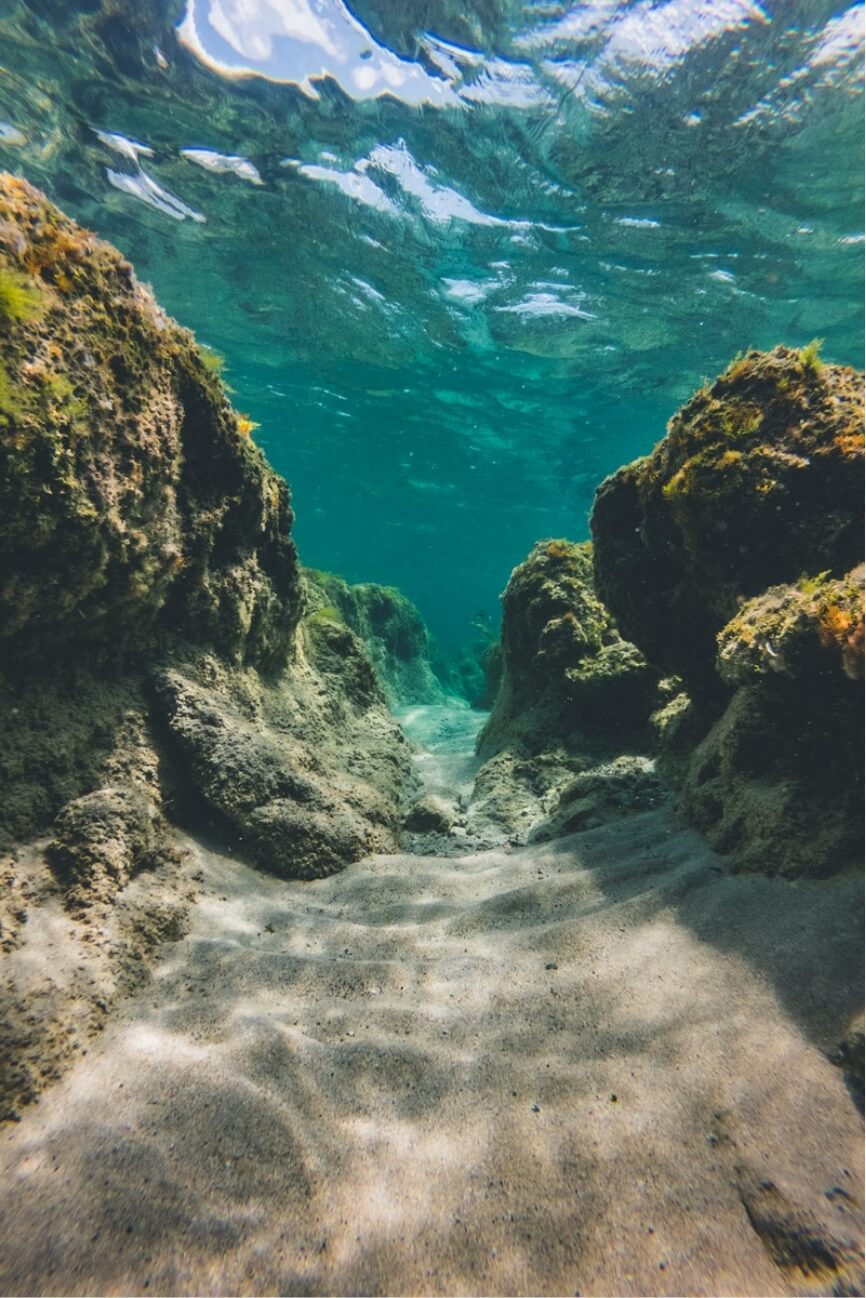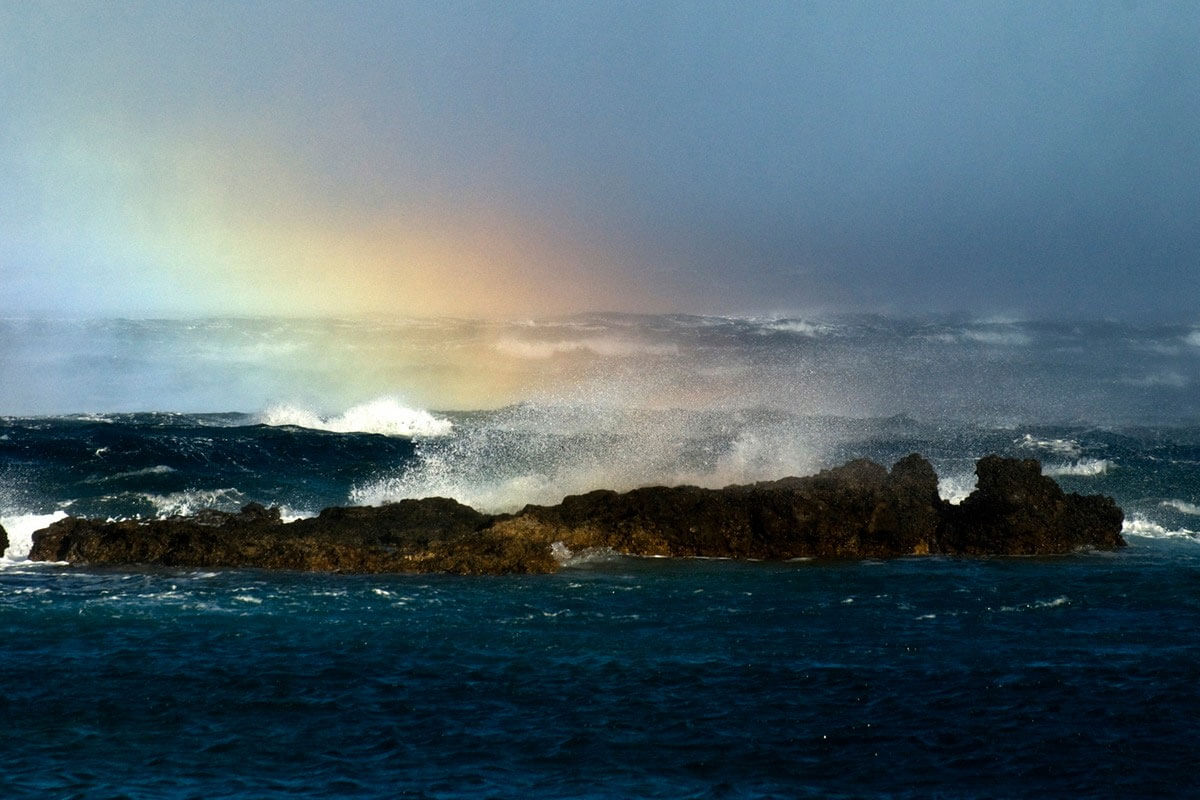THE IMPORTANCE OF BIODIVERSITY
 ACHAIA (GR2320001)NIKOLAOS ANTONOPOULOS / Click IN NATURE/ LIFE-IP 4 NATURA
ACHAIA (GR2320001)NIKOLAOS ANTONOPOULOS / Click IN NATURE/ LIFE-IP 4 NATURA What is biodiversity
Biological diversity or biodiversity refers to the variety of existing life forms, «embracing» all life on the Planet: plants, animals and microorganisms, the genes they contain, the ecosystem types that they form.
Biodiversity can be classified into three main types-levels:
- genetic diversity (the genome), i.e. the range of hereditary lineages of a particular species.
- species diversity, i.e. the number of species of plants, animals, bacteria present in a certain area.
- diversity of habitats (ecosystems and landscapes).
Protection of each level depends on the protection status of the previous or next level.
Marine plants produce more than half the oxygen in our atmosphere.
 CHANIA (GR4340002)PAVLOS ATHITAKIS/ Click IN NATURE/ LIFE-IP 4 NATURA
CHANIA (GR4340002)PAVLOS ATHITAKIS/ Click IN NATURE/ LIFE-IP 4 NATURA The importance of biodiversity
Biodiversity is the basis of human existence, our well-being and economy.
- Human life and existence as well as the well-being of our societies depend on the existence of healthy ecosystems.
- Everything related to our lifestyle, our health, culture and recreational activities relies on the products and services provided by nature.
- We depend on nature for our food, water, air, health, soil fertility and climate regulation.
Biodiversity concerns us all because is the basis
of our existence, of our well-being,
of our economy.
Over 80% of crop and wild plants in Europe need pollinators, such as bees, to make fruits and seeds
 GREVENA (GR1310002)KONSTANTINOS VASILAKIS/ Click IN NATURE/ LIFE-IP 4 NATURA
GREVENA (GR1310002)KONSTANTINOS VASILAKIS/ Click IN NATURE/ LIFE-IP 4 NATURA Pressures and Threats
Within 40 years, wildlife populations around the world have declined by 60% and 1,000,000 species are threatened with extinction.
The main cause of the current loss rate of species and ecosystems is the human ecological footprint, which exceeds the limits of the planet.
According to WWF’s Living Planet Report and Millennium Assessment, the main threats towards biodiversity, whether of human or natural origin, are:
- Habitat degradation and/or loss: Can be due to a range of causes such as agricultural intensification or abandonment of agricultural lands, land management in general, abstraction of sources from the natural environment, urban sprawl and infrastructure expansion, as well as fires.
- Invasive alien species: Refers to cases of species being transported beyond the limits of their natural distribution habitats, thus establishing populations without being limited by natural enemies. Invasive species affect the native biodiversity of an area as competitors, predators, pathogens, parasites or even carriers of foreign genetic material through hybridization. Main causes of the present threat are considered to be trade, tourism, agriculture and transport infrastructure that are affecting geography.
- Over-exploitation of natural resources and species: Refers to the harvesting or exploitation of plants and animals to produce goods (food, raw materials, medicine). When the rate of exploitation exceeds the reproductive capacity of a population, it leads to the gradual depletion of resources and the extinction of species. This includes illegal hunting, species trade, as well as overfishing.
- Pollution: A threat affecting both habitats and species. Depending on the medium of its dispersion, it is distinguished into atmospheric (air), terrestrial and water pollution. It accrues from various emissions and waste from human activities, such as industries, the use of pesticides and fertilizers in agriculture, urban development and transport.
- Climate Change: It is the most uncertain but also the most difficult to reverse factor. The change of critical parameters in the abiotic environment such as temperature, the amount and distribution of precipitation as well as the sea level, exhaust the resilience and adaptation capacities of species and ecosystems, increasing the rate for loss and degradation of habitats.
According to the Intergovernmental Panel on Climate Change (IPCC), a temperature increase by 2-3 °C will result in a loss of 20-30% of biodiversity.
In Europe, good condition characterizes ONLY:
- 52 % of birds,
- 16 % of the most important natural habitats and
- 23% of protected species.
The EU is working toward the halt of losses affecting biodiversity and natural services, but we must all work harder to preserve our natural heritage.
Insect pollination ensures agricultural production of a net-worth about 15 billion euro.
 CHANIA (GR4340024)ANDREAS ECONOMOU / Click IN NATURE/ LIFE-IP 4 NATURA
CHANIA (GR4340024)ANDREAS ECONOMOU / Click IN NATURE/ LIFE-IP 4 NATURA What we should do to protect biodiversity
Nature’s invisible services are free and often taken for granted, however they are precious and fragile. We take care of nature so that our existence can continue.
We must all contribute to the protection of nature and biodiversity:
- our daily choices as citizens and consumers affect the environment, we do not buy products that come from or are made from endangered or illegally hunted species, we do not buy illegally cut timber.
- we manage our waste responsibly.
- we recycle.
- we do not throw garbage and plastics out of bins, especially in the sea.
- we save energy.
- we don’t waste water.
- we enjoy nature without destroying it.
- we don’t disturb wild animals and we don’t cut-off plants.
